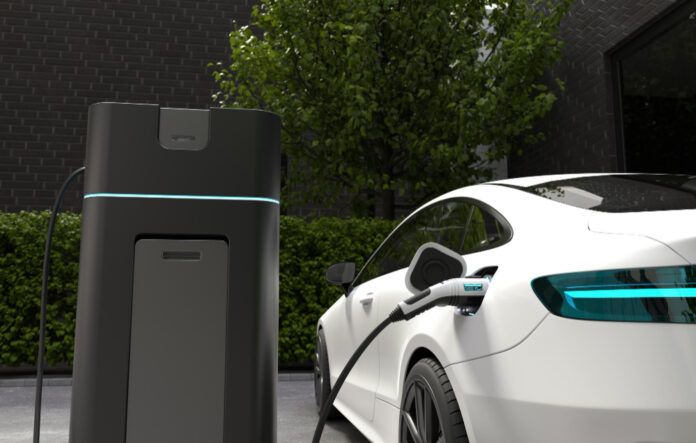Despite aggressive price cuts, Tesla witnessed a significant sales drop, signalling heightened global EV market competition
Tesla has experienced a notable downturn in sales during the last quarter, as intensified competition in the electric vehicle (EV) sector globally takes its toll. The Austin, Texas-based firm, led by Elon Musk, reported a nearly 9% drop in vehicle deliveries compared to the same period last year, marking a significant shift in the company’s fortunes. This decline, the first of its kind since 2020, highlights the growing challenges Tesla faces as the EV market landscape evolves.
Tesla attributed the sales slump to several factors, including the transition to an updated Model 3 sedan, which necessitated a temporary halt in production at its Fremont, California factory. Additional hurdles included logistical issues related to shipping diversions in the Red Sea and an arson attack at its German factory, which temporarily disrupted operations. Despite these challenges, the drop in sales raises questions about Tesla’s market strategy, especially following substantial price reductions across its model range in an attempt to boost demand.
Embed from Getty ImagesThe company’s strategy to lower prices, which included cuts of up to $20,000 on some models and a temporary $1,000 discount on the Model Y, its best-selling vehicle, has notably impacted profit margins. This move, intended to attract more buyers, instead unsettled investors, reflecting growing concerns over Tesla’s profitability amidst increasing market pressures.
Dan Ives of Wedbush Securities described the recent performance as a disaster for Tesla, emphasizing the urgent need for strategic adjustments to navigate through the current market turbulence. Tesla’s acknowledgement of facing “notably lower” sales growth this year suggests an awareness of the impending challenges. The firm is caught between two significant growth phases, with expectations pinned on the global expansion of Models 3 and Y and the introduction of the Model 2, a new, more affordable vehicle.
The escalating competition from global automakers, who have launched EVs targeting Tesla’s dominant models, indicates a shift in the market dynamics. With growing consumer interest in EVs, major players like Ford and General Motors are investing heavily to produce more affordable alternatives to Tesla’s lineup. Tesla’s share of the U.S. EV market has seen a substantial decline, from 80% between 2018 and 2020 to 55% in 2023, reflecting the competitive pressures exerted by newcomers and established automotive brands alike.
The U.S. EV market reached a milestone last year, with sales surpassing 1.2 million vehicles. The resolution of the semiconductor chip shortage that previously hampered production capacity for several automakers has now paved the way for increased EV production and availability. Tesla’s production setbacks in Germany and the U.S., coupled with a slight decrease in sales in China, further compound the challenges faced by the company in maintaining its market lead.
As Tesla strives to recalibrate its strategy in response to these market shifts, the coming quarters will be critical for the company. The automotive industry’s rapid evolution and the growing array of EV options available to consumers underscore the urgency for Tesla to adapt and innovate to sustain its position as a leader in the electric vehicle market.
